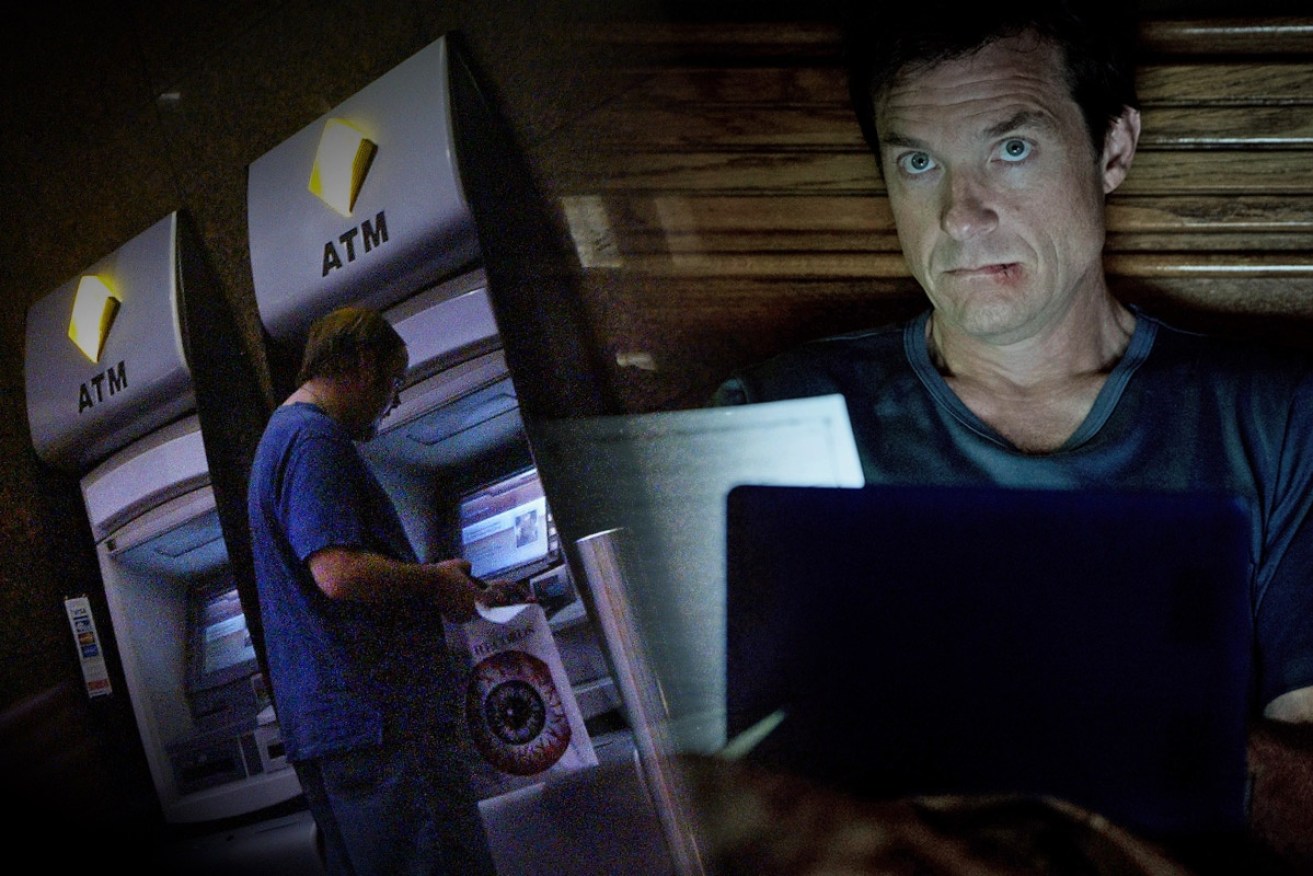The Netflix-approved guide to CBA’s alleged money laundering

The financial ombudsman says the Commonwealth Bank has attracted more consumer complaints than any of the other big four.
Click here to skip to the video
With eerie timing, a hit new Netflix show has neatly explained the money laundering – and now terrorism financing – scandal consuming Australia’s biggest bank.
Ozark follows an American financial planner who launders dirty cash for a Mexican drug cartel, with the help of anonymous bank deposits.
It is a familiar tale for the Commonwealth Bank. Courts have found at least three Australian crime gangs laundered millions in cash through the bank’s ATM deposit machines, which can accept $20,000 at a time without proof of identity.
Earlier this month, regulator AUSTRAC launched a landmark civil case against CBA in the Federal Court for a staggering 53,700 “serious and systemic” alleged money laundering-related breaches.
The scandal deepened on Friday when AUSTRAC acting CEO Peter Clark told a parliamentary committee that six of the suspicious deposits may have financed terrorism.
Milind Sathye, a money laundering expert who worked for nearly two decades at India’s central bank, told The New Daily that developed countries like Australia bear the blame for the international scourge of money laundering.
“What normally happens is, money is deposited in multiple accounts in a developed country and then aggregated in some African country where you really cannot reach,” said Dr Sathye, now at The University of Canberra.
“The important thing is, forget about the African countries, what are the developed countries doing?”
In a crucial scene in Ozark, the anti-hero Marty Byrde (played by Jason Bateman) explains how he runs drug money through a cash-based business, into the bank through an anonymous deposit facility, out to a developing country, and then back to crime lords in Mexico.
It is eerily similar to how CBA’s machines and accounts were allegedly misused.
Dr Sathye said anonymous deposit machines are clearly an important part of the process of money laundering.
“It would be very naive for any banker to think that this would not be misused,” he said.
“How is it the Commonwealth Bank didn’t know that this kind of ATM could be misused? How is it the auditors of the Commonwealth Bank didn’t detect it?”
CBA says 99 per cent (53,506) of the allegations were the fault of a single software update in 2012 that disabled the bank’s ability to report suspicious ATM deposits.
In court documents, AUSTRAC alleged that the bank failed to “monitor its customers to mitigate and manage” the risk of money laundering, “even after CBA became aware of suspected money laundering or structuring on CBA accounts”.
Dr Sathye said “all the big banks are trying to wriggle out” of money laundering laws, without punishment.
“The heavy-handed actions that need to be taken against the banks, especially the big ones, haven’t happened anywhere in the world.”
AUSTRAC’s Peter Clark said on Friday the agency had cleared the deposit machines of the other major banks of potential breaches.
Analysts at Morgan Stanley say CBA could be fined up to $2.5 billion if it is held liable for its more than 53,000 alleged breaches of anti-money laundering laws – well under the legal maximum of nearly $1 trillion, but still a substantial blow.








